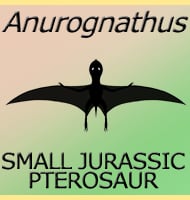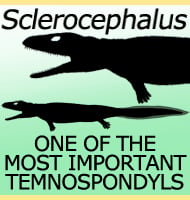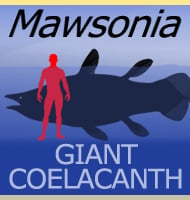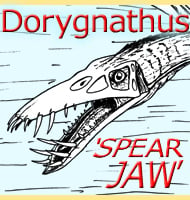In Depth
Reginaselache is an interesting find as the xenacanthid sharks are often associated with just Europe and North America, although remains are also known from India. With Reginaselache being discovered in Australia it would seem that the xenacanthids were possibly widespread across all the major continents. Xenacanthid sharks like Reginaselache were more eel-like in body form rather than the fusiform (fish-like) sharks that we know today. This form would have allowed Reginaselache to navigate swamps full of submerged obstacles without getting its fins caught.
As a predator Reginaselache probably hunted other fish, but fossil remains for another xenacanthid shark named Triodus suggests that it may have taken juveniles of temnodspondyl amphibians as well. Still in their larval stages these juveniles would have possibly been restricted to life in the water until they grew older and changed so that they could walk on land where they would have been safe from sharks like Reginaselache.
Further Reading
– A Lower Carboniferous xenacanthiform shark from Australia. – Journal of Vertebrate Paleontology. 31 (2): 241–257. – Susan Turner & Carole J. Burrow – 2011.









